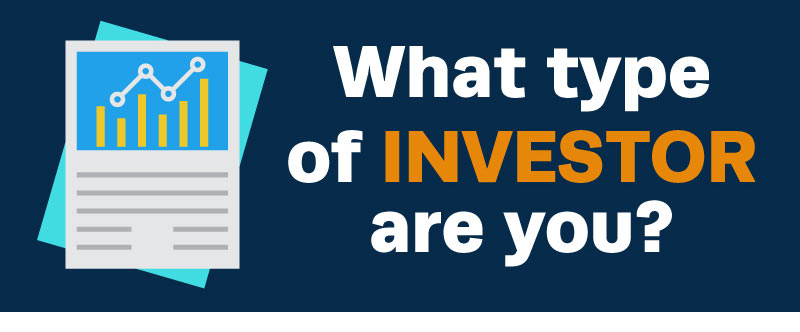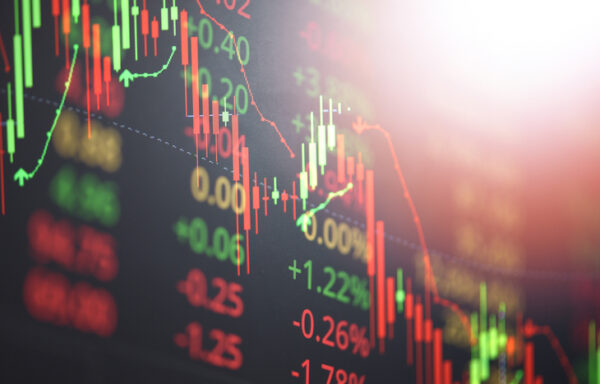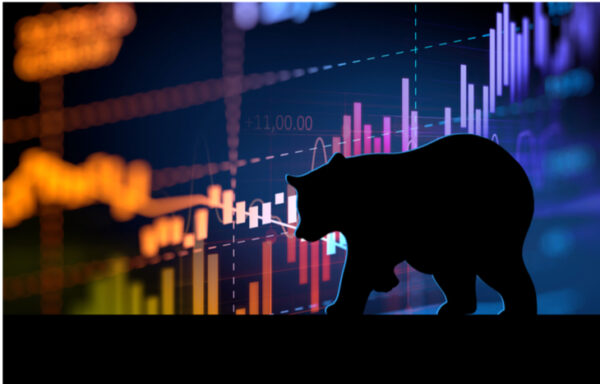Challenge Mainstream Market Feelings With Facts
I recently detailed three reasons to be bullish on the stock market today.
One reason I listed for being bullish was merger and acquisition (M&A) activity. And since I shared that piece…
- Charles Schwab Corp. (NYSE: SCHW) reached an agreement to acquire TD Ameritrade Holding Corp. (Nasdaq: AMTD) for $26 billion.
- Louis Vuitton’s parent company, LVMH (OTC: LVMUY), raised its bid for Tiffany & Co. (NYSE: TIF) and then confirmed an agreement to buy the jewelry retailer for $16.2 million.
- Novartis (NYSE: NVS) agreed to acquire The Medicines Company (Nasdaq: MDCO) for $9.7 billion.
According to Ernst & Young’s Capital Confidence Barometer, a “massive majority” (83%) of C-suite executives expect the U.S. M&A market to improve in 2020.
At the risk of repeating myself, M&A activity is very bullish. It’s good for the shareholders of the firms being acquired, and it sparks excitement about other deals that might be coming.
I also argued that there’s cause for today’s investors to be bullish thanks to improving economic conditions.
That’s certainly something to be grateful for…
Recent readings on consumer confidence and U.S. manufacturing support the trend. Ernst & Young finds “near-unanimous expectations” among top executives for U.S. and global growth in 2020.
All systems go. Check and check.
But I have a confession. The cyber ink was barely dry on that prior column when I thought, “That’s it, I just called the top.”
If you’ve ever sold a stock and then it started rallying, you know the feeling.
But that’s just it. It’s a feeling. Investors are much better off focusing on facts rather than feelings.
So let’s discuss how people feel about the market. And then let’s challenge those feelings with facts.
Feeling: The market has been going up for a long time, so it’s got to fall soon.
Bull markets don’t die of old age. There’s no law stating they must end after a certain time. Historically, bull markets end because of some combination of…
- Overaggressive tightening or other policy errors, which can tip the economy into recession
- War or another geopolitical shock
- Runaway inflation, which can erode the value of corporations’ future cash flow
- Rampant speculation, such as occurred in the Roaring ’20s and late 1990s.
War is always a risk, and geopolitics look particularly unstable right now. But the Fed has been easing, inflation has subdued and the economy is improving.
Plus, this rally is nothing like the 1990s. Back then, everybody and their grandmother was trading tech stocks.
Today, the market is dominated by institutional algorithms rather than individual speculators.
Which brings us to our next misconception…
Feeling: It’s the dot-com bubble all over again!
Remember the widespread excitement about the stock market in the 1990s? Well, this rally has been characterized by an absence of faith.
J.P. Morgan recently published a list of major “doomsday calls” from the past decade.
Of course, they’ve all been proven wrong. But they also reflect fears about and disbelief in the rally.
Also, while this bull market is the longest lasting, it’s not the biggest.
The current bull market started in March 2009. In 2018, it surpassed the 1990s rally as the longest in U.S. history.
However, the 1990s bull run was larger in magnitude, rising 417% compared with the 367% we’ve seen (so far) in the current rally.
Also, the conventional definition of a bull market is one that doesn’t suffer a pullback of 20% or more.
There were downturns just below that threshold in 2011 and again in late 2018 to early 2019. And the market was effectively flat from September 2018 to October 2019.
So, yes, the market has had a great run. But it hasn’t been a straight shot higher, and it hasn’t been easy to stay invested.
A lot of people got spooked out of the market at various points – and many never got in.
Feeling: Stocks are expensive.
Based on the past 12 months of results, the price-to-earnings (P/E) ratio of the S&P 500 is 24, which is high by historical standards.
Worse, the cyclically adjusted P/E (CAPE) ratio – created by famed Yale professor Robert Shiller – is currently 32, about double its long-term average.
The “E” in a conventional P/E ratio uses earnings from the prior 12 months. The CAPE ratio looks back at 10 years of earnings. Professor Shiller’s metric looks back for a decade in order to adjust for inflation and smooth out the effect of short-term events, such as the Great Recession.
Also known as the Shiller P/E, this metric has been higher only two times in history: 1929 and 1999. (Gulp!)
But here’s the thing: Everything on Wall Street is priced on a relative basis.
Yes, stocks look “expensive” compared with history. But people investing today aren’t choosing between buying today’s stocks and stocks in (say) 1982 or 2009, when they were historically cheap.
Instead, today’s investors are comparing stocks with other options, most notably bonds. There are other things to invest in – gold, cryptocurrencies, art, real estate, etc.
But institutional investors – the folks with the REALLY big money – typically focus on stocks and bonds, and the relative value of one compared with another.
And by that comparison, stocks don’t look very expensive at all. In fact, they look downright attractive.
- The dividend yield of the S&P 500 is 1.87%, which beats the yield on a 10-year Treasury of 1.77%.(Note: The 10-year Treasury yield was close to 6% in 1999 and 2000, providing a much more compelling alternative to stocks.)
- Add stock buybacks to dividends, and the so-called shareholder yield of the S&P 500 is more than 5%, according to Yardeni Research.
- The earnings yield of the S&P 500 (which is the inverse of the P/E) is nearly 6%, based on expected earnings in 2020.
By these measures, stocks offer much better value than Treasurys (or corporate bonds).
So next time someone says, “Stocks are expensive,” you can respond as a professional investor might: Compared with what?
[adzerk-get-ad zone="245143" size="4"]About Aaron Task
Aaron is an expert writer and researcher who formerly served as editor-in-chief at Yahoo Finance, digital editor of Fortune, and executive editor and San Francisco bureau chief of TheStreet. You may have also seen him as a guest on CNBC, CBS This Morning, Fox Business, ABC News and other outlets.
A prolific writer and commentator, Aaron is the former host of Yahoo Finance’s video program The Daily Ticker. He has also hosted podcasts for Fortune (Fortune Unfiltered) and TheStreet (The Real Story). His latest on-air passion project, Seeking Alpha’s highly rated Alpha Trader podcast, features top Wall Street experts dissecting the market’s latest news and previewing significant upcoming events. He also regularly provides analysis for the free e-letter Wealthy Retirement, which we will be republishing here on Investment U.






